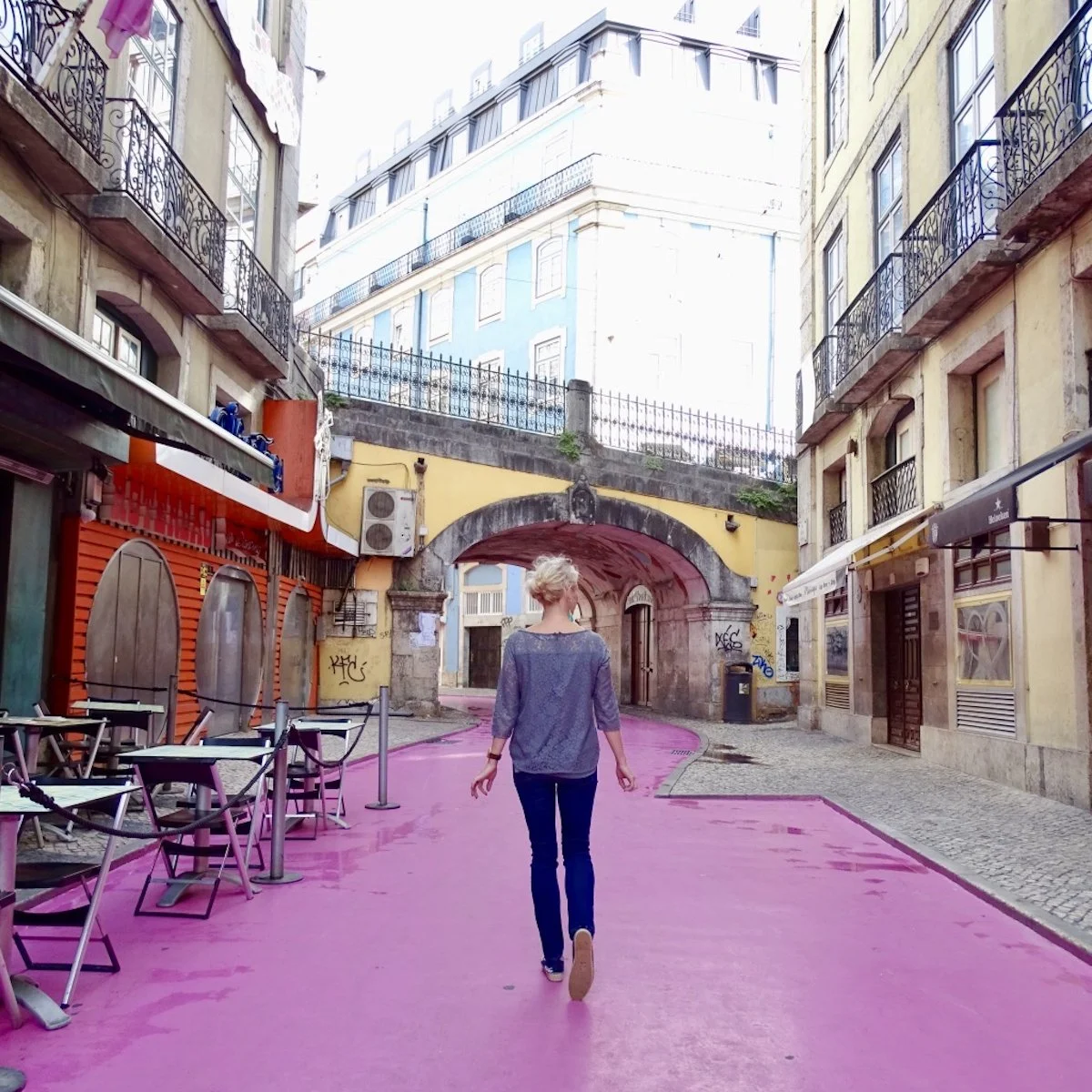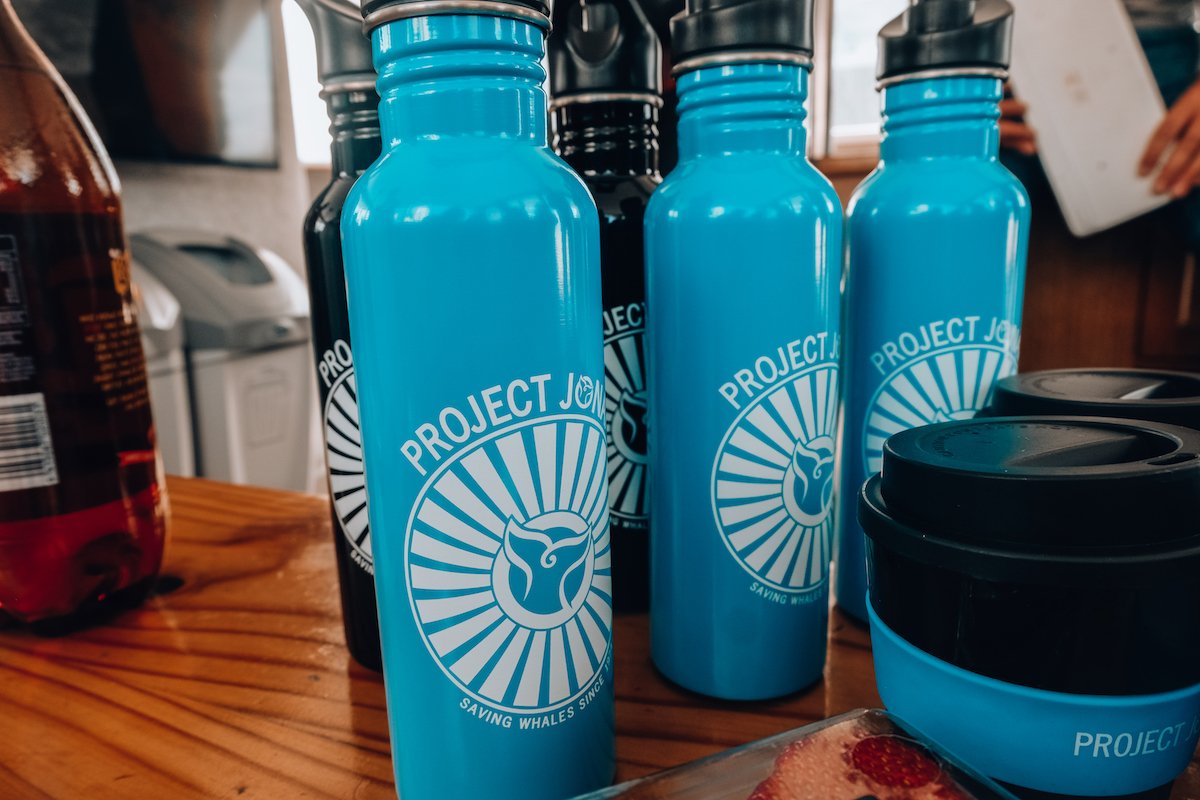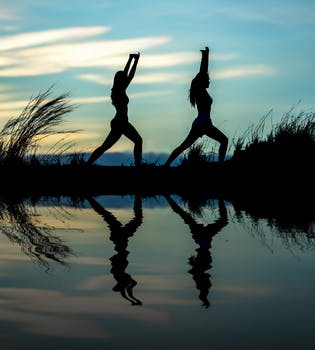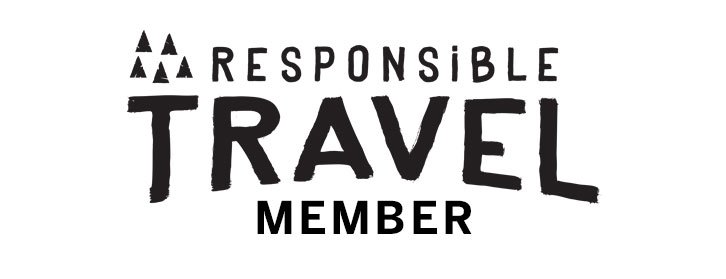Heading to Europe for a 10-day adventure? Packing for such a trip can be overwhelming, and it can be difficult to know what to bring and what to leave behind. Crafting the perfect Europe packing list becomes even more challenging if you aim to travel light and embrace a minimalist approach.
Lucky for you, our experienced team has traversed the landscapes of Europe extensively, learning valuable lessons along the way. We have meticulously curated the ultimate Europe packing list, striking a healthy balance between having all the essentials and avoiding unnecessary excess.
So if you’re looking for the best Europe trip packing list, look no further! In this blog post, we’re sharing our comprehensive guide to packing for Europe so that you can embark on your journey fully prepared. We’re here to make sure your luggage remains light and your experiences unforgettable.
Without further ado, let’s dive into what to pack for a trip to Europe!
Santorini, Greece
Europe Packing Tips
Before we delve into the ultimate packing list for your European adventure, it's important to discuss a few things to ensure you're thoroughly prepared for your journey. First and foremost, Europe is incredibly diverse, and the specific destinations you plan to visit within the continent will influence what you should pack.
From the sun-kissed Mediterranean coastlines to the snow-capped peaks of the Alps, Europe encompasses a vast range of climates and landscapes, each demanding different attire and essentials. Plus, most destinations in Europe experience four seasons.
Whether you’re visiting Europe in the winter or summer, Greece or Iceland, the items you need to pack will depend on the region and time of year you choose to explore. Be prepared to adjust your wardrobe accordingly to ensure you're equipped for the specific climatic conditions of your chosen destinations.
When it comes to creating a packing list for your Europe trip, another crucial element to consider is the amount of belongings you plan to pack. Determining what you truly need and will use during your trip can be challenging, especially if you're not familiar with traveling extensively in Europe.
We suggest adopting a minimalist approach and packing as light as possible. Not only will packing light make traveling physically easier (think: lugging your bag across cobblestone streets, up stairs or through the train station), but it will also reduce the amount of time it takes you to pack and unpack.
When traveling through Europe, it is unlikely that you’ll stay in one location for the entirety of your trip. Being able to easily sort through your belongings and repack every few days will make for a more convenient and streamlined travel experience.
Finally, and we know this is a tough one ladies, but we recommend refraining from bringing hair dryers, curling irons, straighteners, mini steamers, etc. Most accommodations provide at least a hair dryer, and you don’t want to have to worry about different voltages (or potentially ruining your devices) and embrace your natural beauty instead!
Now that we’ve covered the basics, follow our guidelines below for what to pack for your upcoming trip to Europe.
What to Pack for a Trip to Europe
Luggage & Backpack
Dining al fresco in Portugal
As you start your packing strategy, determine which size of suitcase you’ll want to bring. Carry on or check in? We suggest only one roller suitcase for the trip because hauling two of them through trains and metros isn’t exactly fun (we’ve been there!). In addition to your suitcase, you’ll want a backpack that can ideally double as your day bag for when you’re out and about. We suggest something like the Fjällräven Kanken Backpack. This Swedish brand is a European favorite and is stylish and functional at the same time! Also consider this hip pack - yes, fanny packs are back!
Clothing
The most difficult part of packing for a trip to Europe is deciding what clothes to bring with you! In an effort to minimize the amount of items you pack, it’s best to choose articles of clothing that are neutral in color. This will allow you to easily mix and match pieces, giving you more outfit options without taking up extra space in your luggage. It’s also very Euro-chic style, so you’ll stick out less!
Here’s what we recommend to pack for 10 days in Europe:
Tops
5 tops should be enough to cover you for 10 days of travel in Europe. If you are traveling in cooler weather, bring either all long-sleeve tops like these or a mixture of long and short-sleeve tops. If you are traveling during the summertime, pack all short-sleeves.
One staple item that we always pack is a button down white linen shirt. These can be dressed up, dressed down, and even used as a cover up.
Bottoms
Unbound Merino leggings - Photo: Unbound Merino
Depending on the season you’re traveling in, you may opt for either shorts or pants. If traveling in early spring, fall or winter, having at least two pairs of pants is ideal. Bring one pair of jeans and one pair of pants that can be easily dressed up.
For late spring and summer travel, you can opt for 1-2 pairs of shorts or skirts and one pair of lightweight pants made from cotton or linen.
Also, no matter what season or where you’re traveling, a comfortable pair of leggings like these from Unbound Merino are a must.
Dresses
Dresses are the easiest and most basic clothing item to pack for travel in Europe, especially during the summer months. If traveling in summer, pack 3-4 midi or maxi dresses that are neutral in color and do not wrinkle easily. This style will allow you to look polished and feel comfortable at the same time.
Dress-ing for Croatia - Photo: Vierra Reid
Base Layers
If traveling in cooler weather, having 1-2 base layers is a great idea. These can either be tank tops or long-sleeved shirts that can easily be layered underneath your clothes to keep you warm without being too bulky.
For summer travel, 1-2 tank tops are always good to have in your luggage.
Sweaters & Jackets
If you’re visiting Croatia in July, you likely won’t need to include a jacket in your bag. A light sweater might be nice to have for wearing on the plane or in air conditioned buildings, but only if you’re prone to getting cold.
For cooler weather, you’ll want to bring a cozy sweater that can be dressed up or down. Additionally, a packable down jacket is essential for staying warm (and keeping your luggage light) when traveling in fall, winter, and even early spring.
scarf
This is a must-have item on any packing list for Europe. When traveling in winter, you’ll want to choose a thicker scarf to keep you warm while sightseeing outdoors. For summer travel, bring a lightweight scarf or shawl that can be used as a coverup when entering sacred sites or to keep warm on a cool evening.
rain jacket
A lightweight, packable rain jacket is always good to have in your bag in case you get caught in an unexpected downpour.
Iceland Glacier - Photo: Jim Hill
underwear
If you don’t plan on doing laundry during your trip to Europe, then 12 pairs of underwear is ideal for 10 days. As for bras, one regular bra and one sports bra should be enough to get you through your trip.
socks
This really depends on how much walking you think you’ll be doing in your tennis shoes. 7 pairs of socks should be enough if you plan to switch between sandals and sneakers, but if you’re traveling in cold weather, bring 12 pairs of socks. We like the selection from Farm to Feet, ranging from lightweight crew to full cushioned stockings.
Reading on a boat in Greece
swimsuit
This is a staple on every packing list for summer in Europe. 2 swimsuits are ideal so that you always have one that is dry. If you’re traveling during winter, you may still want to pack at least 1 swimsuit if you plan to visit any wellness centers or saunas during your trip.
pajamas
One pair of pajamas is all you need for 10 days in Europe.
shoes
Shoes take up a lot of space in your luggage, so this is one category you will want to seriously limit. For 10 days in Europe, we suggest two pairs of shoes (3 max depending on your activities).
First, you’ll need a nice pair of sneakers if you are going to be doing a lot of sightseeing and walking around cities. A pair of clean, white sneakers go with all outfits and allow you to be casual while still looking put together. Plus, Europeans love their white sneakers, so you’ll be more likely to blend in with the locals too.
Hiking in Dingle, Ireland
For your second pair of shoes, you’ll want to opt for something a bit nicer. Depending on your style and the season you’re traveling in, these could be boots, sandals, or even loafers.
If your Europe itinerary includes hiking (like on this 10 day Ireland road trip) or you’re planning to visit a largely outdoor destination like Iceland, then you probably want to bring a pair of good hiking shoes. Otherwise, you won’t need these.
Finally, a pair of flip flops are a must on every Europe packing list! Whether you’re lounging on the beach, swimming in a public pool, or even showering in a shared shower, flip flops are small, compact, and helpful to have in your bag.
Accessories
Reusable water bottle: A reusable water bottle not only helps you save money and reduce plastic waste but also ensures you have access to water wherever you go. Our go to is this HydroFlask and if tap water isn’t potable where you’re traveling (though in much of Europe it is) we always bring the Grayl GeoPress filter. For coffee drinkers, a to-go mug is another essential!
Airtags: Know where your luggage is at all times by attaching airtags to your bags. These small devices use GPS technology to help you locate your luggage in case it gets lost or misplaced during your travels.
Packing cubes: Stay organized and maximize space in your suitcase with packing cubes. These handy accessories help separate and compress your clothes, making it easier to find what you need.
Kindle or tablet: If you're an avid reader or enjoy having entertainment at your fingertips, a Kindle or tablet is a valuable addition to your travel arsenal. Load it up with books for the road, travel guides, language apps, and entertainment options to keep yourself engaged during long journeys or downtime.
Headphones: Whether you're listening to music, podcasts, or enjoying in-flight entertainment, a good pair of headphones is a must-have accessory. Bonus points if they’re noise-canceling!
Camera: While smartphone cameras are convenient, a standalone camera offers higher image quality, zoom capabilities, and manual photography settings for capturing the perfect shot.
Plug adapters: Europe uses a different electrical outlet standard than many other regions, so don't forget to pack plug adapters.
Power bank: Keep your devices charged on the go with a portable power bank. Whether you're using your smartphone for navigation or capturing photos, a power bank provides a backup power source when you don't have immediate access to electrical outlets.
Travel insurance: Protect yourself and your belongings with travel insurance. It provides coverage for medical emergencies, trip cancellations, lost luggage, and other unforeseen circumstances.
Evening in Cinque Terre, Italy - Photo: Andrea Flisi
Toiletries
To ensure you're well-prepared on the toiletries front for your trip to Europe, it's important to consider the basic items you'll need while also keeping in mind the goal of traveling light.
Here's a list of toiletries we recommend packing:
Toothbrush and toothpaste
Refillable shampoo and conditioner bottles: Opt for travel-sized refillable bottles to minimize weight and space in your luggage. This way, you can have your favorite hair products without carrying bulky full-size bottles.
Facial cleansing wipes: These convenient wipes are perfect for removing makeup after busy sightseeing days.
Skincare and makeup: Keep your skincare routine simple and lightweight by only packing the products you use daily. Consider travel-sized containers like these from Baja Basics or decanting your favorite products into smaller bottles. Similarly, pack a minimal amount of makeup to save space and reduce the weight of your luggage.
SPF: Protecting your skin from harmful UV rays with a travel-sized bottle of sunscreen. This is crucial, especially if you plan to spend a lot of time exploring outdoors. Make sure it’s reef-safe and free from toxic chemicals.
Contact lenses and solution: If you wear contact lenses, don’t forget to pack them for your trip! Make sure to bring a travel-sized bottle of lens solution as well.
Medication: Remember to bring any prescription medications you require, ensuring you have enough to last the entire duration of your trip. We also recommend carrying a few over-the-counter medications like ibuprofen (Advil) and acetaminophen (Tylenol) for headaches or minor colds. While these medications are typically available in Europe, you find them at a pharmacy rather than the grocery store. Having them on hand can save you the hassle of searching for a pharmacy when you're feeling unwell.
Bandaids: Include a few bandages in your toiletries bag for treating blisters or minor cuts that may occur while on the road.
By prioritizing the essentials and minimizing the weight of your toiletries, you'll not only save space in your luggage but also make your travel experience more convenient. Remember to be honest with yourself about what you truly need and consider alternatives like travel-sized products or decanting to reduce bulk.
Walking the “Pink Street” in Lisbon - Photo: Jennifer Prince
final thoughts
Packing for 10 days in Europe doesn’t have to be stressful. By taking into consideration the tips and list of items we shared above, packing for your trip should be a breeze! Just remember to embrace the art of minimalism and pack light, and you’ll be sure to have an unforgettable experience wherever you may be going in Europe.
Still searching for the ultimate European itinerary? Join us on one of our upcoming small group tours to Europe!
Disclaimer: This article may contain affiliate links for products that we love that are made by brands that we trust. By purchasing from those links on our site, we can earn a commission – which is at no extra cost to you and helps keep our site running with free information like this. Win-win! Thank you for supporting our small business and sustainable tourism!



























What to bring on a hiking trip will truly impact your experience. You want to have the right gear you need to take care of your body while hiking while also respecting the local destination and environment. To ensure a safe and successful hiking trip you’ll want to pack the right essentials for the occasion.